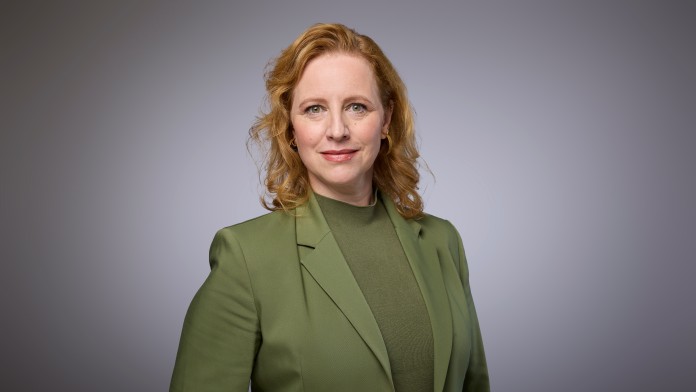Press Release from 2020-09-01 / Group
KfW Credit Market Outlook: Longer maturities are driving lending business
- Second quarter of 2020 sees 6% growth on previous year
- Bank loans are bridging businesses’ pandemic-induced liquidity gaps
- Long-term borrowing drives new lending business
- Momentum is expected to wane towards the end of the year
The German economy suffered a deep shock from the coronavirus pandemic. Economic output contracted by around 10 per cent in the second quarter. The restrictions on public life resulted in significant losses in turnover for businesses and led to liquidity gaps that threatened the survival of many firms, but they were mitigated through the expansion of lending. According to KfW Research, this is illustrated by the renewed significant increase of new lending by banks and savings banks to domestic enterprises and self-employed persons in the second quarter. Between April and June, credit institutions extended 6.0% more loans than during the same period last year. The rate of growth has hardly slowed since the beginning of the year (+7.3%).
After enterprises initially resorted to short-term credit instruments (exhausting their existing credit lines, for example), long-term borrowing was the driver of new lending business in the past quarter. In the second quarter, long-term loans were up an exceptionally high 17%. Part of this increase is surely attributable to deferment agreements. In addition, this trend is likely to also have been facilitated by the use of state credit guarantees, among them the KfW coronavirus aid programmes.
Dr Fritzi Köhler-Geib, Chief Economist of KfW, commented this development as follows: “The high increase in long-term financing is good news for the stability of the economic recovery. Longer maturities give enterprises more financing certainty and allow them to distribute the weight of their losses from the crisis over longer periods. This improves the prospects for the long term continuation of their operations.”
The financing of investments, which have collapsed dramatically according to reports of the Federal Statistical Office, has probably played a minor role at best in the growth in long-term lending.
Despite the strong growth, the momentum of new lending business in the second quarter is slightly below that expected by KfW Research. Given the businesses’ financial hardship and growing risks of default, the question is whether banks are excessively restricting their supply of credit. So far, there are no indications of this. Although credit has become slightly more difficult to access, criteria have so far been tightened only moderately. In the survey conducted for the KfW ifo Credit Constraint Indicator at the end of June, only one fifth of SMEs deplored restrictive lending practices. During the global financial crisis, that share was more than twice as high. The slightly weaker than expected lending growth is more likely to be due to the fact that enterprises followed other pathways to obtain funding besides bank loans, such as tapping into state subsidy programmes or issuing more bonds.
Over the remainder of the year, new lending business is likely to slow significantly and might even decline. KfW Research currently expects growth of 3.5% for the third quarter. The far-reaching relaxation of coronavirus restrictions has already allowed the economy to recover in the course of the second quarter, and liquidity shortages are decreasing at the same time, investment activity and associated funding needs are likely to remain weak. However, given the unprecedented nature of the coronavirus crisis, forecast uncertainty is extraordinarily high.
Note: KfW Research calculates the quarterly KfW Credit Market Outlook exclusively for the German business newspaper Handelsblatt. The current edition is available at: KfW Credit Market Outlook


Share page
To share the content of this page with your network, click on one of the icons below.
Note on data protection: When you share content, your personal data is transferred to the selected network.
Data protection
Alternatively, you can also copy the short link: kfw.de/s/enkBbm2w.CTjA
Copy link Link copied